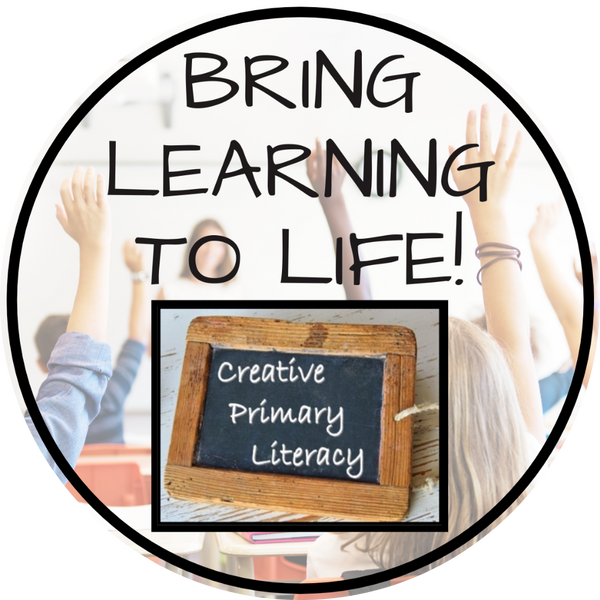Welcome to an exciting journey back in time! In this teaching unit, we will embark on an exploration of one of the most influential ancient civilizations in history – the Ancient Hebrews. As we delve into their fascinating world, we will uncover the rich tapestry of their culture, beliefs, and contributions that have left an indelible mark on the modern world. Get ready to discover the stories of legendary figures and gain a deeper understanding of the legacy of the Hebrew people. Are you ready to step into history and walk in the footsteps of the Ancient Hebrews? Let’s begin!
As with most other ancient civilizations, I like to start off the topic looking at a timeline of key events and figures of the Ancient Hebrews. This timeline activity allows students to research and sort these key events from the wandering nomads who traveled from place to place herding animals, to their settling in modern-day Israel and Palestine. My students always love these lessons, and over time have inter-connected timelines of other civilizations from ancient history. This helps them to visualise the overlapping empires and people from other parts of the world.
Afterwards, I like to give my students an overview of the Ancient Hebrews. I allow my students to work with partners and complete a writing assignment. For this I use the Ancient Hebrews Informational Writing Unit. In this unit, the students have to sort facts before writing these up into paragraphs, and then completing a final copy on the template provided. This makes a great classroom display to go along with the timeline.
By this point my students have a good understanding of some of the key events, so we follow on from this by looking at some of the major figures of the time period: Abraham, Moses and King David. Using the extension resources available in the close reading activities, I use the informational texts and crossword puzzles and allow my students to work together to complete all three puzzles. It is astonishing how much they actually learn from these activities, as the students need to delve into the texts to find the answers. All of these are available in the Ancient Hebrews Close Reading Book.
Once the students have a base of knowledge about the three key figures, I introduce our next writing assignment, which will use the opinion writing unit. I allow the students to work independently in finding facts before collating these facts together as a class. Students can then independently write their discussion before we debate who each student believes was the most influential and why.
Right, time for a little assessment. For this I use the close reading activity about the Ancient Hebrews. As with the others, the activity comes with a host of extension activities including a wordsearch and crossword puzzle, but I generally stick to the comprehension and writing task – leaving the other activities for any fast finishing students.
As a final writing task, which I sometimes set as homework, students have to choose between Moses and Abraham and then use the biography writing units to complete another writing assignment.
By the end of the unit my students have completed four or five close reading activities, three writing units and a timeline research activity. All the activities above are available individually or are part of the Ancient Hebrews Mega Bundle of Activities.
If you have time for one last fun and engaging activity, I recommend an Escape Room activity. There are lots of fun ones on the market but I have a bundle of four about the Ancient Hebrews, which can also be individually purchased. Most of the resources above are also included in the emergency sub plans bundle below.
For over 2000 more resources check out more from Creative Primary Literacy.



















